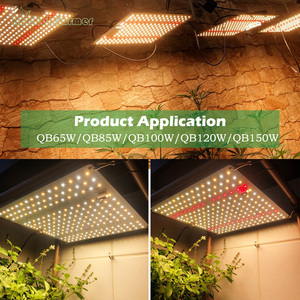Understanding the LED Headlight Spectrum
The LED headlight spectrum refers specifically to the range of light emitted by LED headlights in vehicles. With advancements in automotive lighting technology, LED headlights have become increasingly popular due to their superior luminance, energy efficiency, and extended lifespan. A thorough understanding of the LED headlight spectrum is essential for consumers seeking optimal visibility and aesthetics in their driving experience.
Types of LED Headlight Spectrum
- High-Lumen LED Headlights: Known for their bright output, high-lumen LEDs are perfect for night driving and adverse weather conditions.
- Color Temperature LEDs: Available in various color temperatures, ranging typically from 3000K (warm white) to 6000K (cool white), catering to different aesthetic preferences and visibility needs.
- Adaptive LEDs: These headlights adjust their intensity and dispersion based on driving conditions, ensuring optimal visibility in diverse environments.
- Combo LED Headlights: A combination of high and low beam LEDs to maximize road illumination without blinding oncoming traffic.
Function and Features of LED Headlight Spectrum
- Enhanced Visibility: LED headlights emit a pure white light which closely resembles daylight, improving visibility and reducing eye strain for drivers.
- Energy Efficiency: Consuming significantly less power than traditional halogen bulbs, LED headlights contribute to overall vehicle energy savings.
- Long Lifespan: With a lifespan often exceeding 30,000 hours, LED headlights reduce the frequency of replacements, making them a cost-effective choice.
- Instant On/Off: They offer immediate brightness without warm-up time, providing safety by maximizing illumination at the moment of activation.
- Durable Design: Built to withstand robust conditions, LED headlights are less susceptible to shocks and vibrations, extending their lifespan and improving reliability.
Applications of LED Headlight Spectrum
- Automotive Use: Predominantly in passenger vehicles, commercial vehicles, and motorcycles, enhancing safety on the road through superior visibility.
- Off-Roading: Used in off-road vehicles, LED headlights are essential for outdoor adventures, providing bright illumination in remote areas.
- Emergency Vehicles: Widely adopted in police cars, ambulances, and fire trucks, they improve visibility during critical operations.
- Retrofitting Classic Cars: Many enthusiasts convert classic cars to LED headlights for improved light output while maintaining an authentic appearance.
Advantages of Using LED Headlight Spectrum
- Reduced Heat Emission: Unlike conventional bulbs, LEDs generate significantly less heat, minimizing the risk of overheating.
- Lower Environmental Impact: LED technology is eco-friendly, reducing energy consumption and longevity, leading to less waste.
- Versatility in Design: Available in various shapes and sizes, LED headlights can be aesthetically integrated into the vehicle's design.
- Increased Safety: The daylight-like brightness and superior field of vision provided by LED headlights greatly enhance driving safety.
- Cost-Effectiveness: Although the initial investment may be higher, the longevity and reduced energy costs result in substantial savings over time.




















































